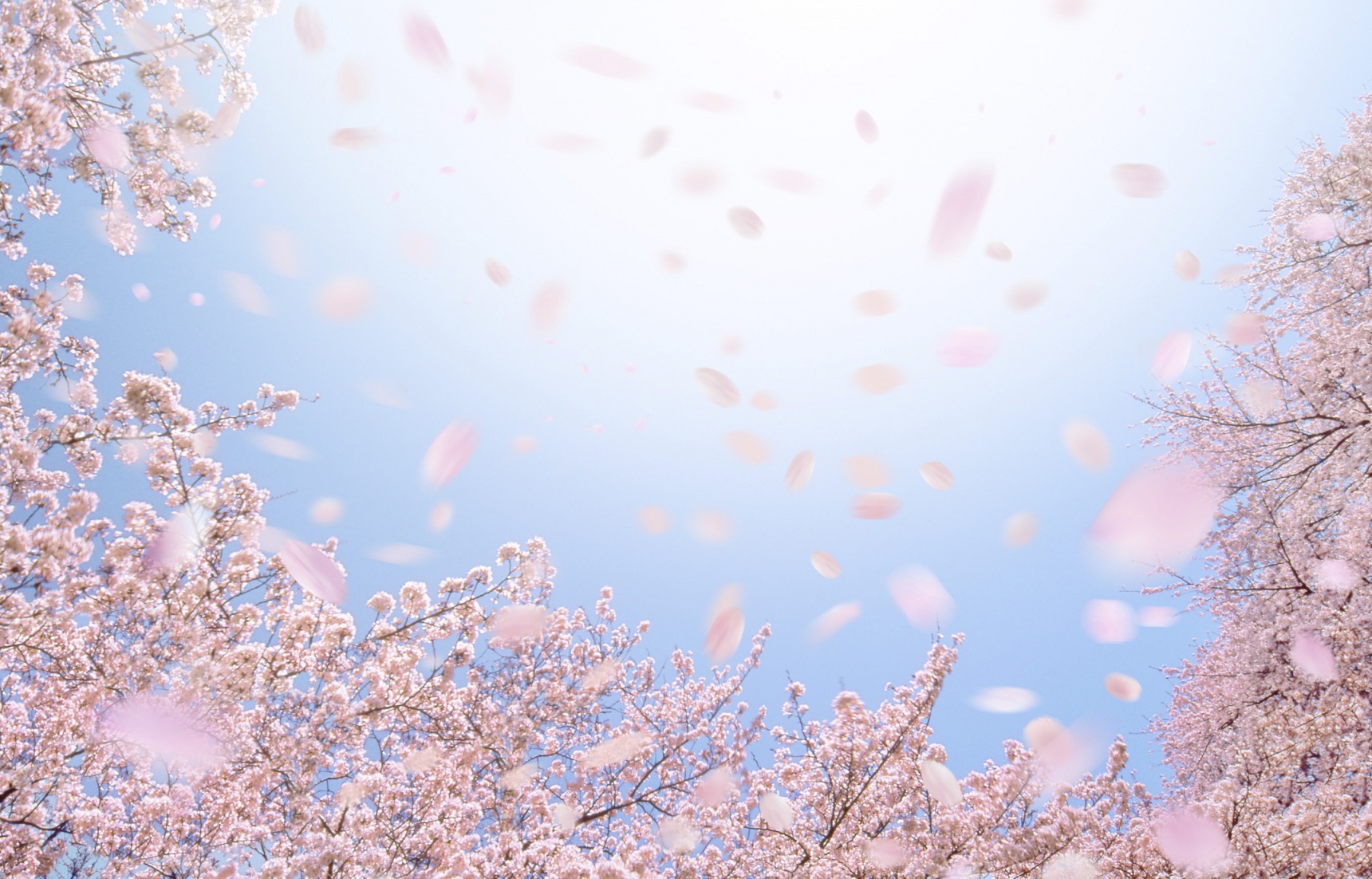Cherry Blossoms & Climate Change

Part of the beauty of cherry blossoms is their fleeting presence. They're around for a week or two—maybe less if there's a harsh wind or rain that comes along. It makes them more precious; the moments you spend looking at them more special. What impact is global warming going to have on Japan's iconic cherry blossoms?
By Dave Gutteridge
Might it be that their time is not only limited in terms of how long they make an appearance every year, but how long they will be around for viewing? Global warming affects the length of seasons, and there is nothing more symbolic of seasonal change in Japan than cherry blossoms.

At current rates of temperature change, some estimates are that cherry blossoms will bloom roughly two days earlier every decade. By somewhere between 2050 to 2080, cherry blossom season could start a month earlier than it is now. It should also be mentioned that there is some variance depending on the region of Japan, so these times won't be uniform.

Not only will you have to schedule your hanami party a little earlier as years go by, you might also have to be a little more precise. Cherry trees slow the bloom process during the night, when the ambient air temperature is cooler. As temperatures rise, the night air is a little warmer, which speeds up the blooming process during a single season. This reduces the overall time we get to spend with the cherry blossoms. Existing variability in any one season, such as high winds or a late snowfall, makes it hard to settle on firm numbers, but even now cherry blossom seasons may be closer to ten days than two weeks.

Global warming is a stressful topic for many people and there may be plenty to worry about. But it seems that cherry blossoms, while being affected, aren't about to disappear. The timing of it all may change a little, but as far as anyone can tell, cherry blossoms will still be a part of our spring experience for a long time coming.



